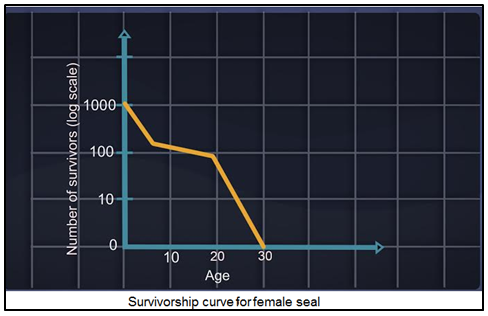10th Grade > Physics
ELECTRICITY MCQs
:
C
According to Joule's law, the heat produced in a resistor is;
(i) directly proportional to the square of current for a given resistance.
(ii) directly proportional to resistance for a given current.
(iii) directly proportional to the time for which the current flows through the resistor.
That is H=I2×R×t
Hence H∝I2 is the right relation.
:
B
The physical quantity that determines the rate at which energy is delivered by an electric current is electric power. The SI unit of electric power is watt (W). 1 W electrical power is equivalent to 1 Joule of electrical energy consumed in 1 second time. It is mathematically expressed as P=Et where E is the electrical energy and t is time.
:
B
We know that, Power=Energytime, the SI unit of power is watt, energy is joule and time is second.
So, 1 W = 1 joule per sec and 1 kW = 1000 joule per sec.
Therefore, 1000 J electrical energy flows through the wire in 1 second when the power is 1 kW.
:
A and C
For the negative charge to stick on the paper, the paper should be either neutral or electrons deficient. The charge difference will create the force of attraction between them and hence, we see it as a black ink painted on the paper.
:
B and C
According to Ohm's law, the ratio of potential difference and current is a constant known as electrical resistance provided that physical condition such as temperature, humidity etc. is kept constant.
VI = R (constant) where, V is a potential difference, R is electrical resistance and I is current.
IV = 1R (constant)
⇒V=IR.
:
A
Current (I) is the rate of flow of charge (q) through a cross section per unit time (t).
I=qt
Given: q=10 C, I=100 A
t=qI
t=10 C100 A
t=110 s
:
A, B, and D
In the electrical setup for verification of ohm's law, ammeter is connected in series and voltmeter is connected in parallel. The sliding contact is then moved to change the resistance of the circuit according to the which the current across the ammeter changes. The voltage during the process remains constant.
A rheostat is a device which can provide us with the variable resistance. It means it can increase or decrease the value of resistance in the circuit.
:
D
Resistance, R=ρLA
where:
ρ: Resistivity,
L: Length of the wire
A: Cross-sectional area of the wire.
The length of the copper wire is increased by 5%.
So, new length is:
L′=L+5100L=1.05L
Let the new cross-sectional area be A′.
On stretching the wire, its volume will remain constant.
⟹LA=L′A′
A′=A1.05
New resistance will become:
R′=ρL′A′
R′=ρ(1.05LA/1.05)
R′=1.052R=1.1025R
Percentage increase in its resistance is,
p=R′−RR×100
p=(1.1025−1)RR×100
p=10.25 %
:
B
Two parallel combination of resistors:
When going from A to B, the first two resistors are in parallel to each other and so are the next two. Therefore
Rparallel = 1×11+1 = 12Ω for both of them.
Now these equivalent resistors are in series with each other
Therefore, net equivalent resistance is:
R=0.5+0.5=1Ω
:
A
The soft iron inside the coil makes the magnetic field stronger because it becomes a magnet itself when current is flowing through the coil.
Moreover, it loses its magnetism as soon as the current stops flowing. It forms a temporary magnet. In this way, the electromagnet can be magnetised and demagnetised by turning the electricity on and off.


















